Graham Reid | | 2 min read
Hip Flask2: Bennett's Radio Blues
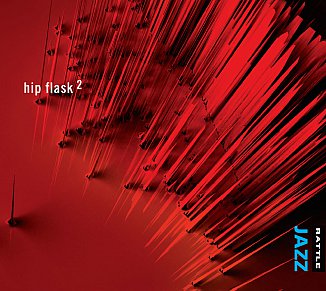
I suppose it was always thus: Every generation of jazz players would complain about the music of their successors, whether it be big band swing, bebop, Third Stream, free jazz, fusion . . .
I've certainly heard my share of gripes from jazz musicians who felt they weren't get enough attention when their juniors were being acclaimed. That acclaim probably happened to them too and their predeccesors bemoaned it..
Sometimes it was a fair call -- there was some risible nonsense masquerading as free jazz here in the Eighties and I had considerable sympathy with older musicians who pointed out just how much Arts Council money these uninspiring amateurs were getting while real players couldn't get a grant because they weren't considered hip enough anymore.
And in one of his final interviews, I remember the late Murray McNabb jibing about jazz musicians who just end up teaching before they'd actually done any playing. Which was perhaps easy for him to say given he always had a good career in studio work on jingles and soundtracks.
I've never bought that old, "Those who can, do. Those who can't, teach" cliche because it's glib and avoids thinking. And when you heard some so-called free jazz players you could just as easily invert it.
No jazz player of any previous generation could make such asides about the players on this double album set because not only do some of them teach, but they also do. And they play with such grounded sense of history and swing that their predecessors should be applauding . . . because they are also bringing a new audience to jazz.
The Rattle Jazz imprint has been achieving an extremely high strike rate with recent releases, but this one is courageous in a very interesting way.
In 2001 saxophonist Roger Manins then living in Australia recorded the Hip Flask album in the ABC Studios in Sydney which was released four years later on the New Zealand label Ode's Manu Jazz offshoot. More recently Manins reconvened the same players again and recorded another basketful of new tunes in Sydney's 301 Studios.
And so we now have both albums beautifully packaged as Hip Flask 2 with liner notes in which Manins recalls those original recordings as him having written some "real simple tunes but got some real complicated musicians to play them".
That's rather diminishing some of the material, although in the comparison with the more recent music you can hear a marked difference.
That said, Hip Flask 1 offers considerable pleasures, among them the straight-ahead big chested post-bop swing of Victoria with its nods towards mid-period Coltrane, and the jazz-funk of Bang underpinned by Stu Hunter on Hammond organ. Impulse arrives with film-noir credentials and Manins digging into a tough tenor sound that is both urban and edgy, the impressionistic Jacqueline Grace comes to life slowly over a spacey intro and Mannins gently, almost woody sound.
Hip Flask 1 is a fine album in its own right, but of course attention alights on the second disc where the band reconvene after more than a decade of bandstand work.
And you can't help but be impressed by the group's confidence on the swirling Circles and Cliuds where Mannins' tenor moves from a sensitive blues swoon, the stentorian piano chords of Adam Ponting bring inclement weather and, over quietly turbulent drums (Toby Hall) and Hammond organ (Hunter), a real sense of impending doom is conjured up as the tenor returns in the manner of a declamatory Sonny Rollins.
As a centrepiece on the album it is quite an extraordinary work and you could be daring and suggest it might only have been possible from players who grew up as part of the rock generation. It has a menacing muscularity and when Hunter starts getting more and more prominent it threatens to tear itself apart . . . or at least your frontal lobe off.
And they follow it up with a juanty Latin-esque piece of whimsy entitled Lancelot Link, Missing Chimp which is just plain mischievious.
On this session there is bold swinging bop (Sninam written by bassist Brendan Clarke, Ponting getting ample space over Clarke's buoyant playing), finger-snap Hammond work (Shuffle the Deck by Hunter) and midnight balladry (The Beauty in Her Eyes).
It's mundane to state the obvious here, but Hip Flask 2 is the work of now seasoned players and has a depth and emotional intensity that HF 1 could only suggest.
But each has its own merits, and taken together this makes for yet another impressive Rattle Jazz package.

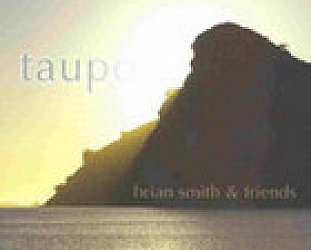
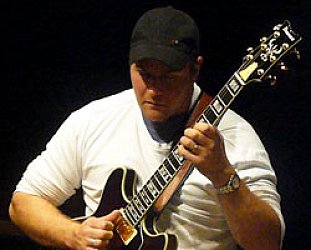
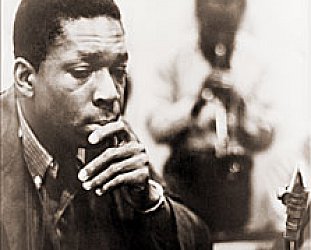

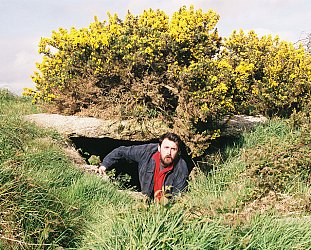
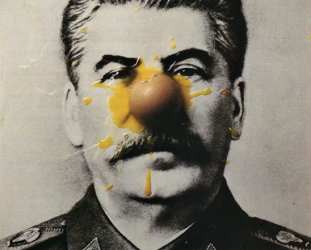
post a comment